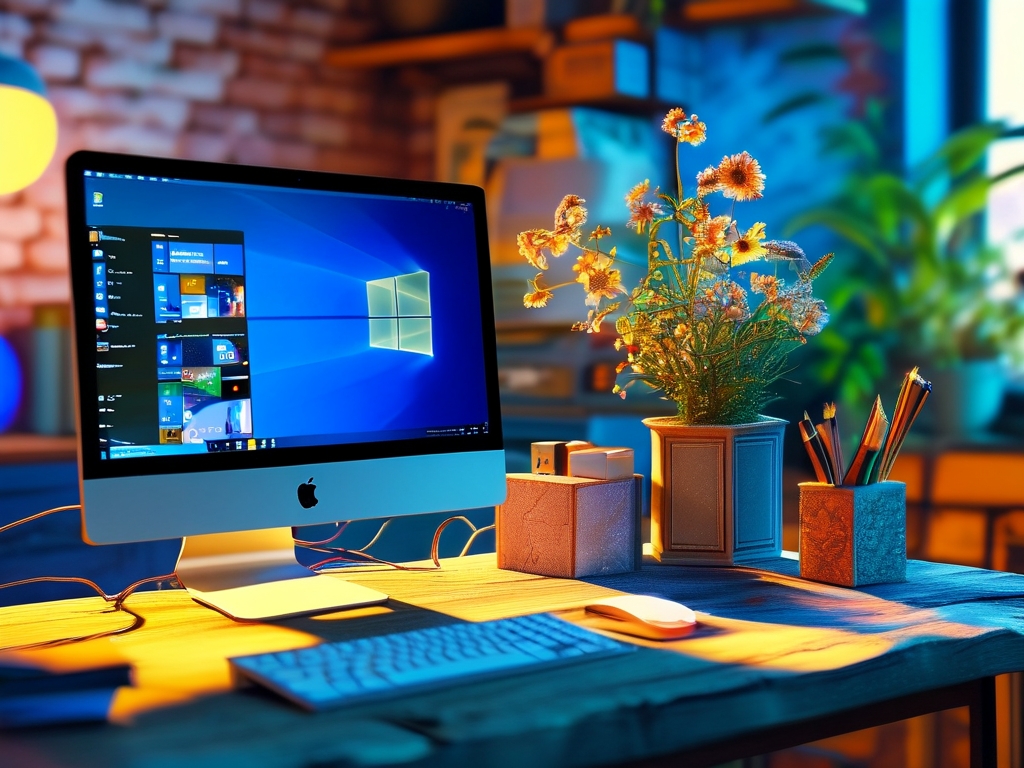The "Memory Management" blue screen error is one of the most frustrating issues Windows users encounter. Characterized by a sudden system crash accompanied by a blue screen and the error code MEMORY_MANAGEMENT, this problem often leaves users scrambling for solutions. This article explores the causes, diagnostic methods, and effective fixes for this error, empowering you to resolve it confidently.
What Causes the Memory Management Error?
The error typically points to issues related to your computer’s RAM (Random Access Memory) or software conflicts. Common culprits include:
- Faulty RAM Modules: Physical damage or incompatibility of RAM sticks can trigger memory management failures.
- Corrupted System Files: Critical Windows files damaged by malware or improper shutdowns may disrupt memory allocation.
- Outdated or Buggy Drivers: Incompatible drivers, especially for storage or graphics hardware, often clash with system processes.
- Overheating Components: Excessive heat in the CPU or RAM can destabilize memory operations.
- Software Conflicts: Antivirus tools, third-party utilities, or even recent Windows updates might interfere with memory handling.
Diagnosing the Problem
Before attempting fixes, identify the root cause using these steps:

1. Run Windows Memory Diagnostic
Windows includes a built-in tool to test RAM health. To use it:
- Press
Win + R, typemdsched.exe, and hit Enter. - Choose Restart now and check for problems.
The tool will scan your RAM for errors and display results post-reboot.
2. Check for Driver Issues
Open Device Manager and look for yellow exclamation marks indicating problematic drivers. Update drivers manually or use Windows Update. For critical components like storage controllers, visit the manufacturer’s website for the latest versions.

3. Analyze Crash Dumps
Windows creates crash dump files (*.dmp) during blue screens. Tools like BlueScreenView or WinDbg can decode these files to pinpoint faulty drivers or processes.
4. Test Hardware Stability
Overheating can mimic memory errors. Use utilities like HWMonitor to check CPU and RAM temperatures. Stress-test components with Prime95 or MemTest86 to uncover instability.
Effective Solutions to Fix the Error
1. Replace or Reseat RAM
If diagnostics reveal faulty RAM, replace the defective module. For intermittent issues, try reseating the RAM sticks to ensure proper contact with the motherboard.
2. Repair System Files
Run the System File Checker (SFC) and DISM tools:
- Open Command Prompt as Administrator.
- Type
sfc /scannowand press Enter. - After completion, run
DISM /Online /Cleanup-Image /RestoreHealth.
These commands repair corrupted system files that might cause memory errors.
3. Update or Roll Back Drivers
Uninstall problematic drivers via Device Manager and reinstall them from trusted sources. If the error started after a driver update, roll back to a previous version using the Properties menu of the device.
4. Disable Overclocking
Overclocked CPUs or RAM modules often destabilize systems. Reset BIOS/UEFI settings to defaults or disable XMP profiles for RAM in the BIOS.
5. Perform a Clean Windows Install
Persistent software conflicts may require a fresh Windows installation. Back up data and use the Media Creation Tool to create a bootable USB drive for a clean install.
Preventive Measures
- Regular Maintenance: Schedule monthly RAM tests and system file checks.
- Keep Software Updated: Install Windows updates and driver patches promptly.
- Monitor Temperatures: Use cooling pads or improve airflow inside desktops to prevent overheating.
- Avoid Unofficial Software: Pirated or poorly coded applications increase crash risks.
When to Seek Professional Help
If the error persists after all troubleshooting steps, consult a technician. The issue could stem from deeper hardware problems, such as a failing motherboard or power supply.
The "Memory Management" blue screen error is complex but solvable. By methodically diagnosing hardware and software factors, users can restore system stability. Proactive maintenance and cautious software practices further reduce recurrence risks, ensuring a smoother computing experience.

